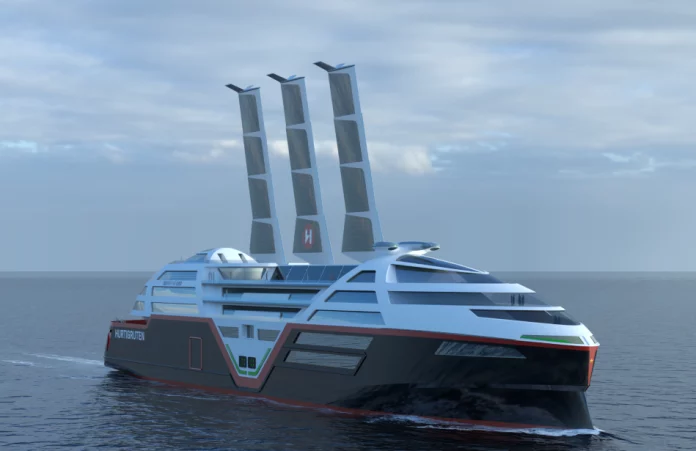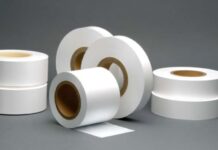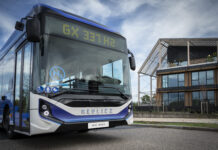
Norway’s cruise line, Hurtigruten, gears up to celebrate its 130th anniversary and also setting sail towards a sustainable future. In a move towards eco-consciousness, Hurtigruten has unveiled plans for its first zero-emission ship, marking a significant milestone in the realm of sustainable shipping.
The initiative, aptly named “Sea Zero,” was initially announced in March 2022, with the unveiling of ambitious concept plans for what promises to be the world’s most energy-efficient cruise ship. Spearheaded by Hurtigruten Norway in collaboration with a consortium of 12 maritime partners and the esteemed research institute SINTEF, the project aims to revolutionize the maritime industry by pioneering zero-emission technology solutions.
With a focus on developing energy-efficient and carbon-neutral technologies, the consortium presented promising results after its first year of research.The cornerstone of Hurtigruten Norway’s vision lies in its commitment to sustainable operations tailored to the Norwegian coast.
The company plans to deploy smaller, purpose-built vessels designed to leave a positive footprint with zero emissions both at sea and on land. By 2030, the company aims to convert its entire fleet to zero-emission ships, a shift in an industry where only 0.1 percent of vessels currently operate with zero emissions. Central to the design of Hurtigruten’s future ships is the utilization of electric power and advanced battery technology. Equipped with rechargeable batteries and innovative features such as retractable sails with solar panels, artificial intelligence maneuverability, and contra-rotating propellers, these ships promise to set new standards in energy efficiency and environmental stewardship. Additionally, advanced hull coatings, air lubrication, and proactive hull cleaning techniques will further enhance energy efficiency.
As the project advances into a two-year testing and development phase, the focus shifts towards refining proposed technologies to achieve the ultimate zero-emission vessel. Crucial areas of development include battery production, propulsion technology, with a target of reducing energy consumption by 50 percent compared to current ships. While Hurtigruten Norway charts its course towards a zero-emission future, the company is also making strides in environmental upgrades across its existing fleet. With two ships already retrofitted to battery-hybrid power and plans for further emissions reduction initiatives, Hurtigruten sets a course towards a cleaner, greener maritime landscape for generations to come.






